Manufacturers and process operators whose activities present a potential fire or explosion hazard have a responsibility to ensure the safety of workers and the wider public. Regulations call for operators to seek approvals if their processes are potentially hazardous, and approvals will be granted only if the right systems are in place to mitigate any fire and explosion risks.
A fire or explosion only needs three things to get going: fuel, air and an ignition source. If a mixture of flammable gas or dust in air reaches the right concentration (ie the concentration falls between the lower and upper explosive limits for the material) and then encounters an ignition source, combustion will spread throughout the entire unburned mixture. Such explosions can cause serious injuries and significant damage.
All sites handling significant quantities of flammable gases or dusts capable of forming a potentially explosive atmosphere fall under the ATEX 1999/92/EC Directive (also known as ‘ATEX 137’ or the ‘ATEX Workplace Directive’), which is implemented in the UK by means of the Dangerous Substances and Explosive Atmospheres Regulations (DSEAR). The overarching aim of the regulations is the same for both gases and dusts. However, they require separate approvals, because gases and dusts do not always behave in the same way.
Employers must classify areas where hazardous explosive atmospheres may occur into a series of zones. The classification given to a particular zone, together with its size and location, depends on the likelihood of an explosive atmosphere occurring and its persistence if it does. Where necessary, the entry points to areas classified into zones must be marked with a specified ‘EX’ sign.
Zone 0 for gases and Zone 20 for dusts are the most hazardous areas, where an explosive mixture is present for long periods or continuously. Zone1 and Zone 21 are areas where an explosive atmosphere is likely under normal operation. The lowest classifications, Zone 2 and Zone 22, are areas that should generally be clear during normal operation and any explosive mixture that does occur will only be present for a short time.
Before a workplace containing zoned areas comes into operation for the first time, the employer must ensure that the overall explosion safety measures are confirmed (verified) as being safe.
In the same way that the inspection and certification of approved facilities can demonstrate due diligence on the part of operators, using approved safety equipment acts as confirmation that a solution is suitable for the environment in which it is required to operate. Equipment must be specifically approved for gases or dusts.
Directive 2014/34/EU (also known as ‘ATEX 95’ or ‘the ATEX Equipment Directive’) covers the requirements for equipment and protective systems intended for use in potentially explosive atmospheres. It sits side-by-side with the ATEX Workplace Directive. Certified equipment is marked by the ‘EX’ symbol to identify it as such.

